- Newest
- Most viewed
Interested in a Link Placement?
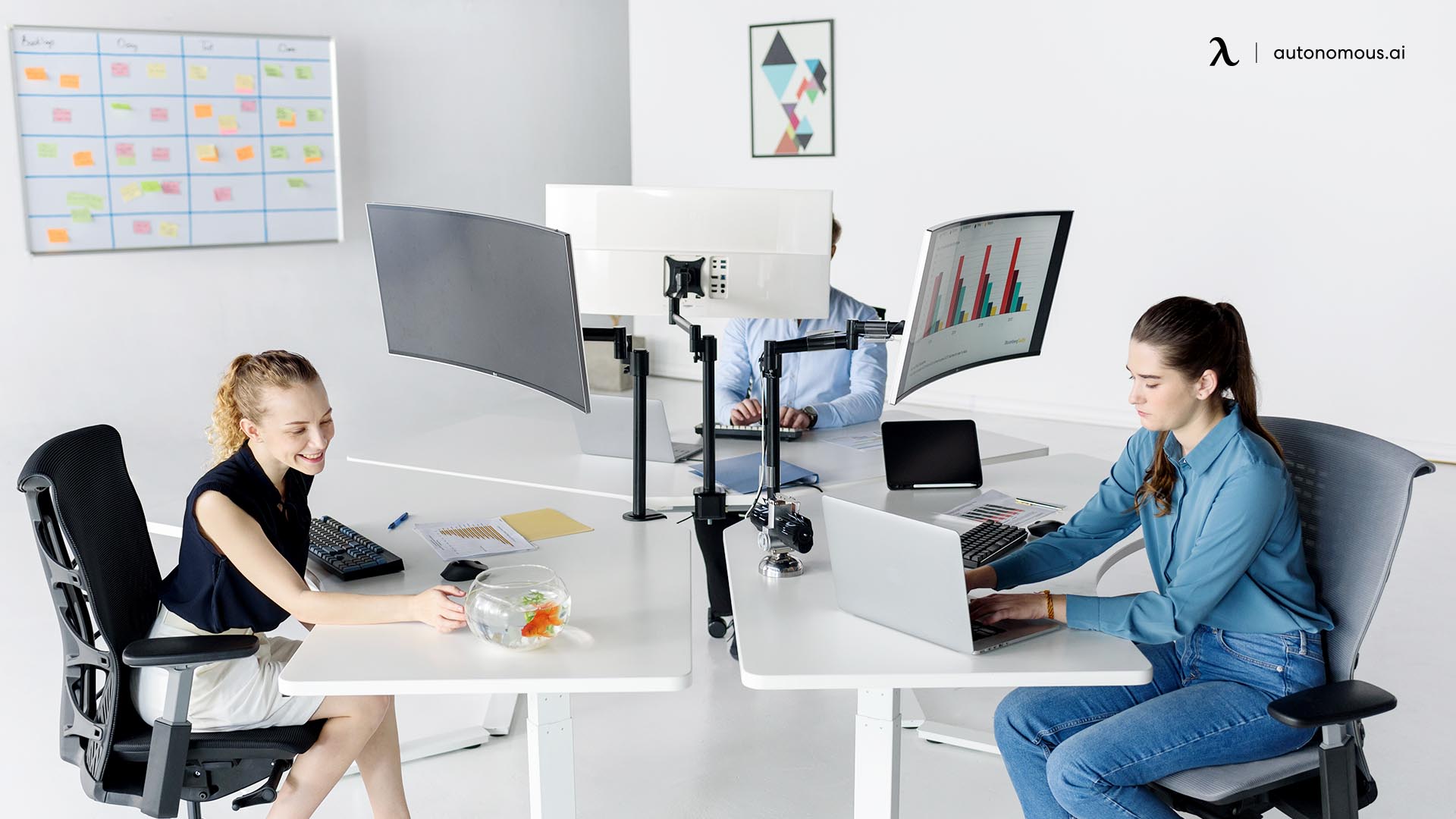
Hibbett Employee Discount Guide: What You Should Know
A clear breakdown of the Hibbett employee discount: reported percentage, monthly limits, brand restrictions, and how to apply it online and in-store.
Latest Updates | Jan 14, 2026 493 views

How Many Steps Does It Take to Burn 1,000 Calories?
Work Wellness | Jan 12, 2026 145 views

Should You Buy the LiberNovo Omni Ergonomic Chair?
Latest Updates | Jan 9, 2026 1,109 views
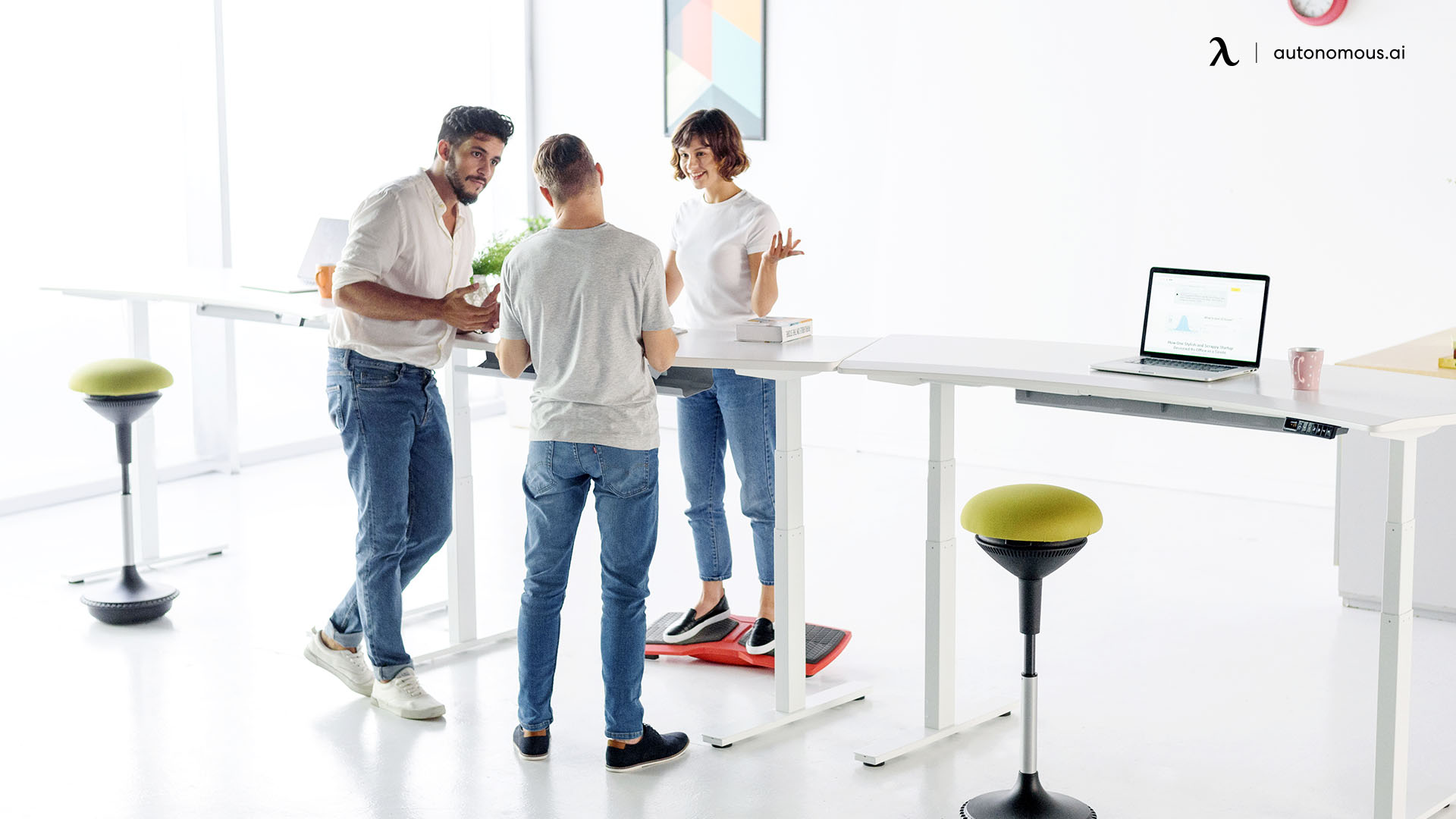
What Is the Garage Employee Discount? A Complete Guide
Latest Updates | Jan 8, 2026 1,005 views
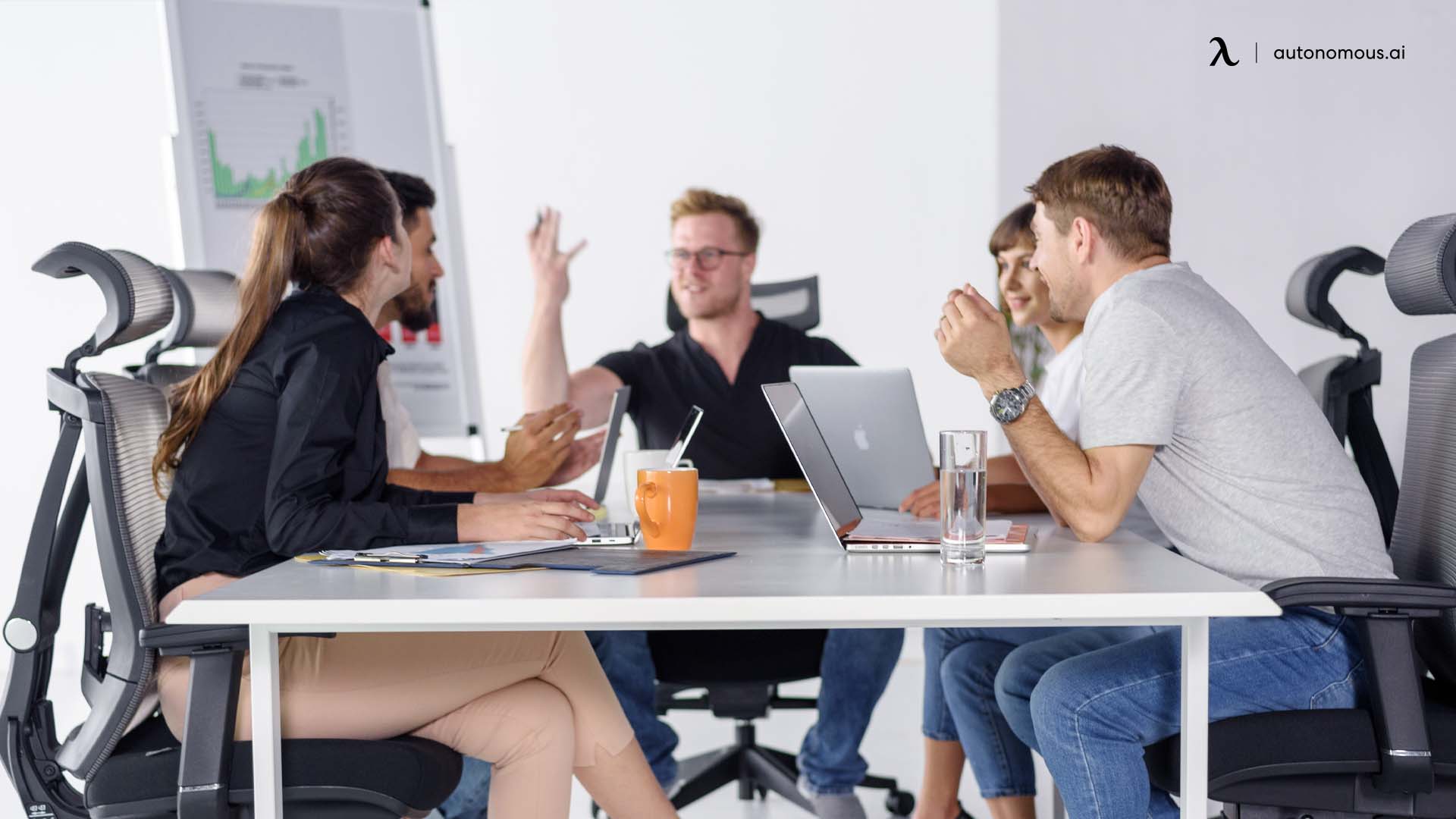
Spirit Halloween Employee Discounts and Benefits
Remote Working | Jan 7, 2026 285 views

Japanese New Year Gifts: What They Mean & How to Give
Latest Updates | Jan 7, 2026 812 views

12 Vietnamese New Year Gifts for Luck & Prosperity
Latest Updates | Jan 6, 2026 369 views
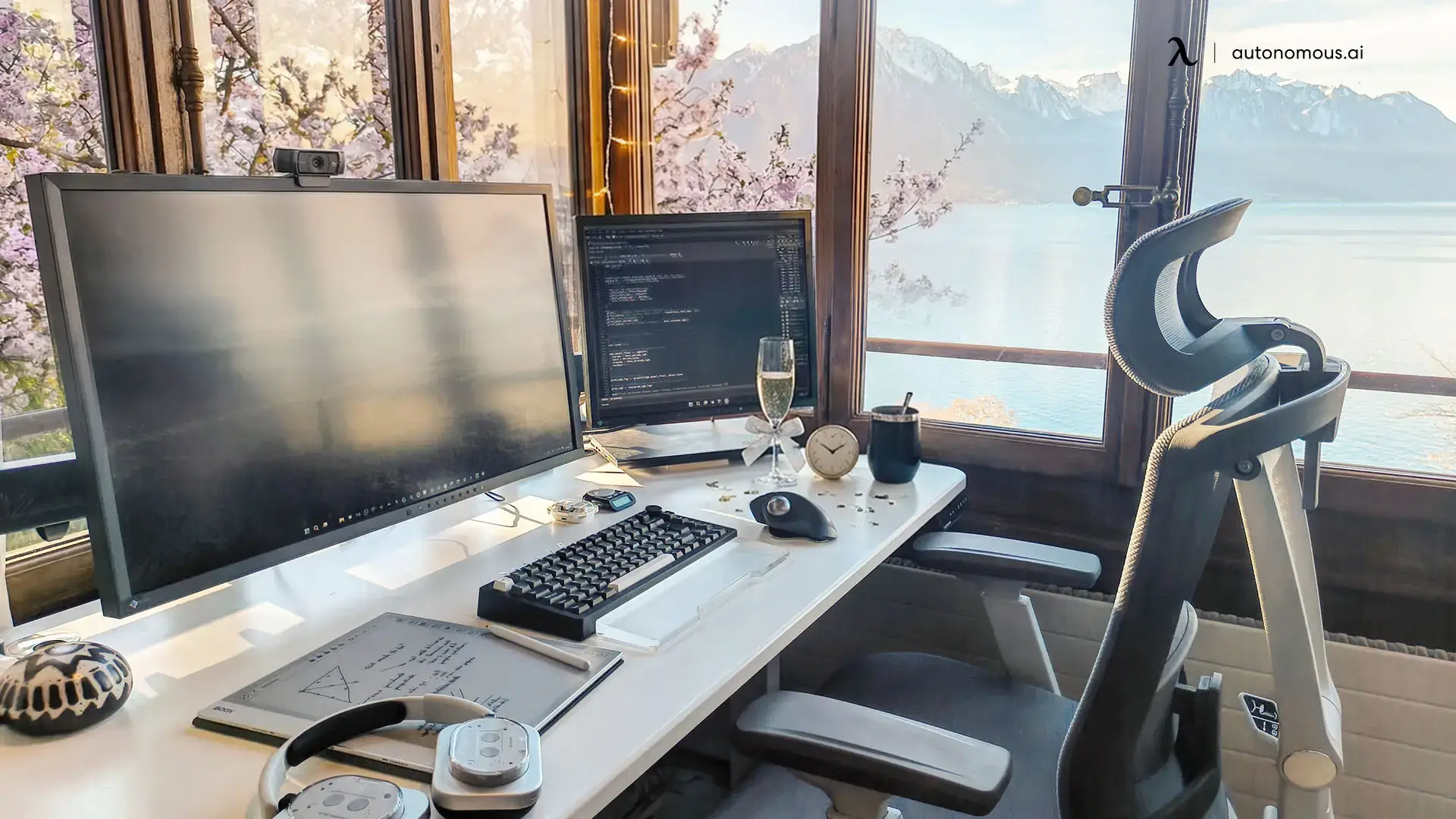
Best Lunar New Year Gift Sets That Bring People Together
Latest Updates | Jan 6, 2026 650 views

15 Best Fitness Apps for Weight Loss
Work Wellness | Dec 31, 2025 533 views

Feng Shui 2026 for Office and Home Office Setup
Workplace Inspiration | Dec 30, 2025 815 views
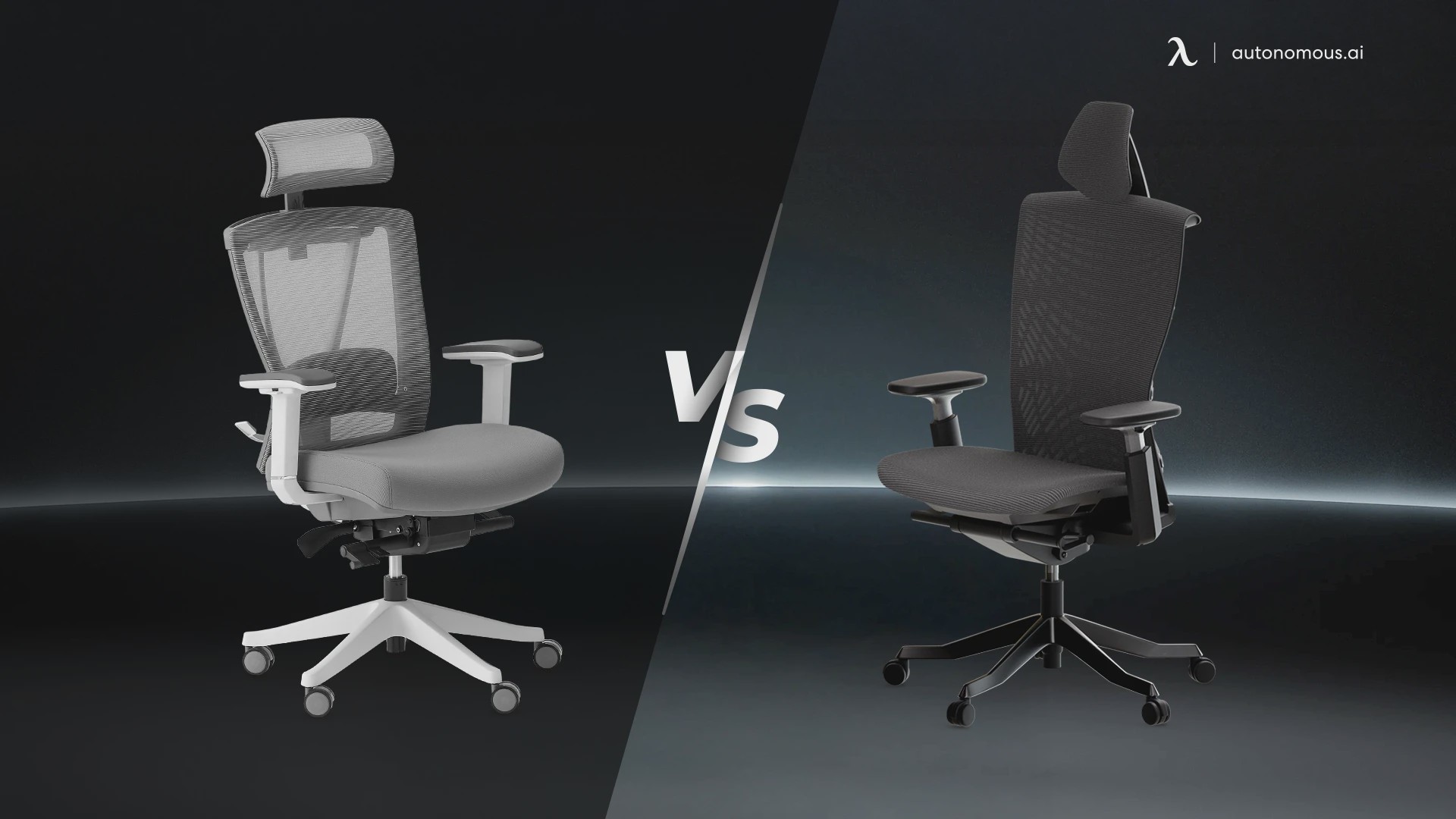
ErgoChair Pro vs Ultra 2: Which One Is Right for You?
Smart Products | Dec 28, 2025 728 views

Lunar New Year 2026 Zodiac - The Year of the Fire Horse
Latest Updates | Dec 29, 2025 837 views
.svg)
